Kick start the new financial year
Setting goals is a great way to kick start the new financial year and is a great way to maximise your business success. It gives you a clear direction and helps you to focus on what’s important. However, when you run a small business it can be very easy to lose sight of your goals as you get pulled in different directions.
Check out our simple tips below to maximise the efficiency of your goals this financial year.
Align personal and business goals
Trying to do this can deliver more benefits than you might have anticipated. For example, suppose your goal is to take a month’s holiday in September of this year – perhaps the first real holiday you’ve had in years.
If you’ve booked your tickets in advance, your goal has a fixed deadline and you’ll need to have the business ready by then so it operates without you. So what do you need to do? You might decide the critical steps are:
- Start delegating more tasks to employees, beginning gradually to test their competence.
- Create an operating manual so everyone can follow clearly defined procedures on all business processes.
- Improve the accounting system so you can check the health of the business while you’re away.
- Monitor the key performance indicators in your business so senior staff can quickly take action on any issue such as a dip in the gross profit margin.
Notice how aligning your personal goal of a holiday with business goals provides both purpose and motivation to empower your original resolution. Your goal was simply to take a real holiday this year, but achieving it will deliver extra personal and business benefits:
- Learning to delegate to others means the business becomes less dependent on you, so you can take more leave. Plus, the business will seem more valuable to others when the time comes to sell or pass it on.
- Improving the accounting system, such as moving to a cloud-based program, will lead to better money management, allowing you to monitor cash flows in real time from anywhere in the world.
- Capturing business processes in an operations manual should lead to greater efficiency, cost saving and more consistent customer service. Documented processes will also make it easier and faster to train new staff, allow employees to cover for those away from the business and allow you to franchise the business in the future if this is your aim. You’ll also add significant value in the eyes of a future buyer.
Be SMART
When it comes to setting the actual goals for your resolution, use the SMART system (Specific, Measurable, Realistic and Time-bound). It’s a timeless oldie but a goodie.
- Specific: Be precise about what you want to achieve, because vague or abstract goals such as “I’ll get fitter this year” are destined to fail.
- Measurable: Adding facts, figures or percentages to your goals allows you to track your progress. What is measurable tends to get done.
- Realistic: Your goals need an element of challenge to them, taking you out of your comfort zone, but they should also be attainable. Lofty goals are usually the first to be discarded.
- Time-bound: Deadlines are how we get things done.
Two more tips
1. Keep it simple
Break goals down into simple, smaller steps. For example, to complete your operations manual by the time you leave, you should aim to complete one section a month for each process in your business, such as customer service, shipping, order follow-ups, credit management or inventory control. Break this down further into smaller steps of what needs to be done this week/fortnight.
2. Use graphics
Creating some kind of graphic for each goal, such as a chart, a calendar or graph, allows you to see progress. The visual impact of a graphic tracing your progress is a powerful motivator that keeps everyone on track towards the finish line.
If you would like help and support to ensure you achieve your business goals this financial year, speak to us today. We help businesses just like yours to achieve more, save time and money.
If you want to kick start the new financial year, call us today or complete the “Contact us” form (it only takes a minute) to book a FREE no obligation business review.








